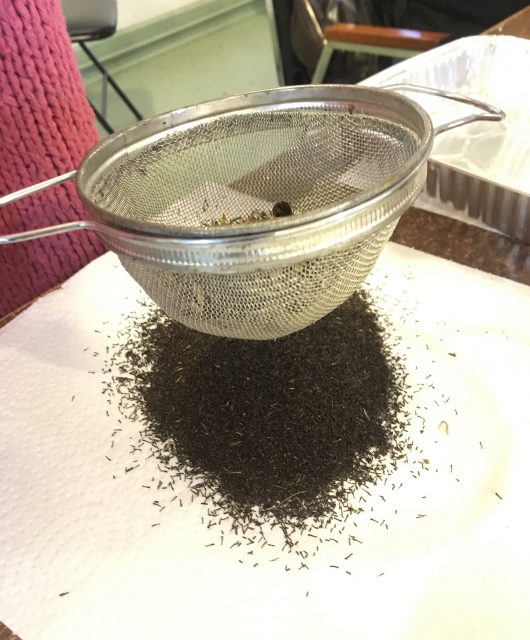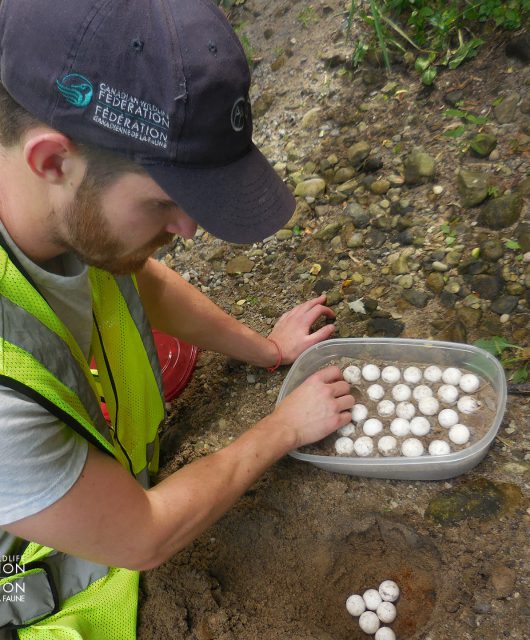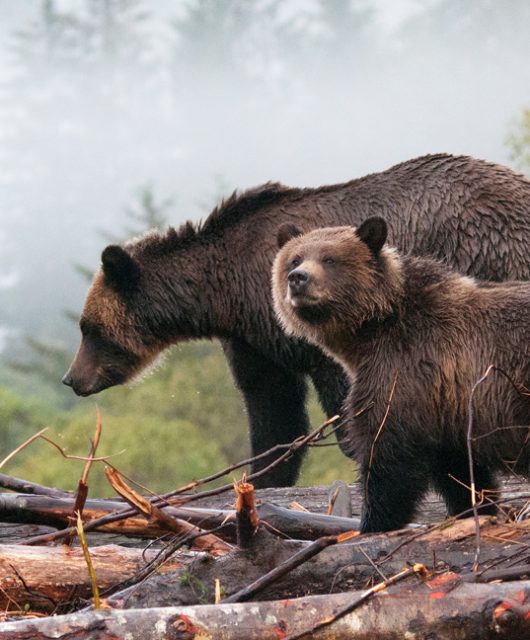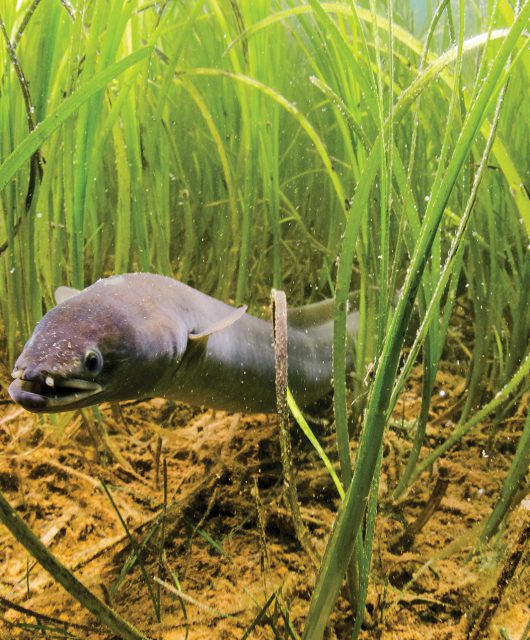How are Canada’s great white giants of the North handling a decline in sea ice? We’re working hard to find out.
![]()
A National Icon
The Polar Bear is probably one of the most prominent species that comes to mind when we think of Arctic animals. Living in the frigid great white North, these beautiful beasts rely on sea ice as a platform for hunting, travelling and mating.
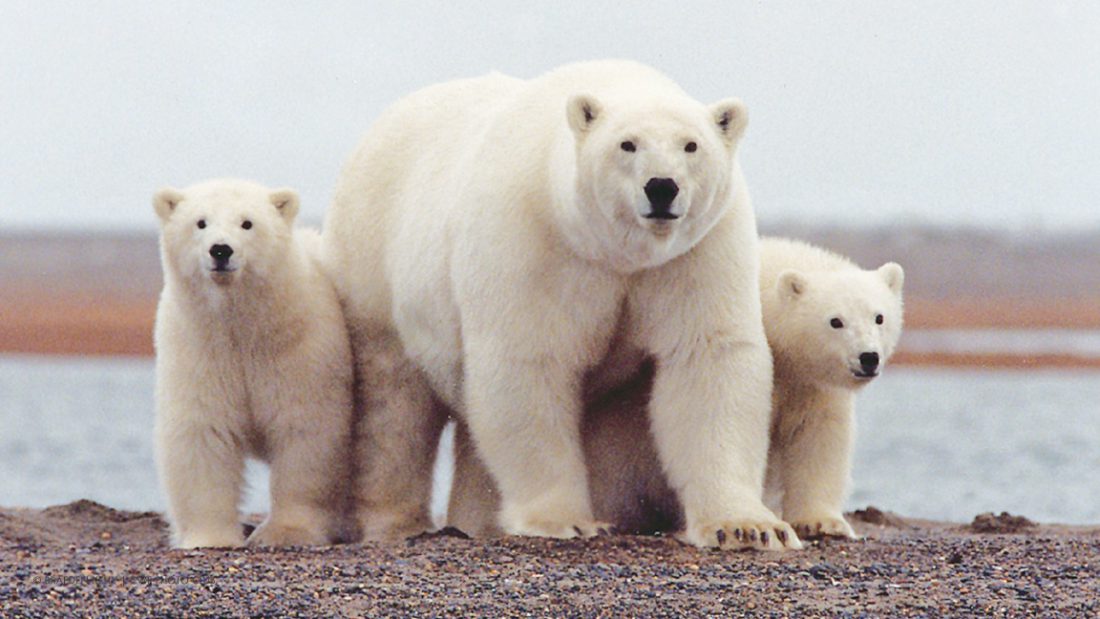
Canada is home to two thirds of the global Polar Bear population, which means we have an important responsibility towards the conservation of this incredible species. The Polar Bear was listed as a species of Special Concern in November 2011 under the Species at Risk Act.
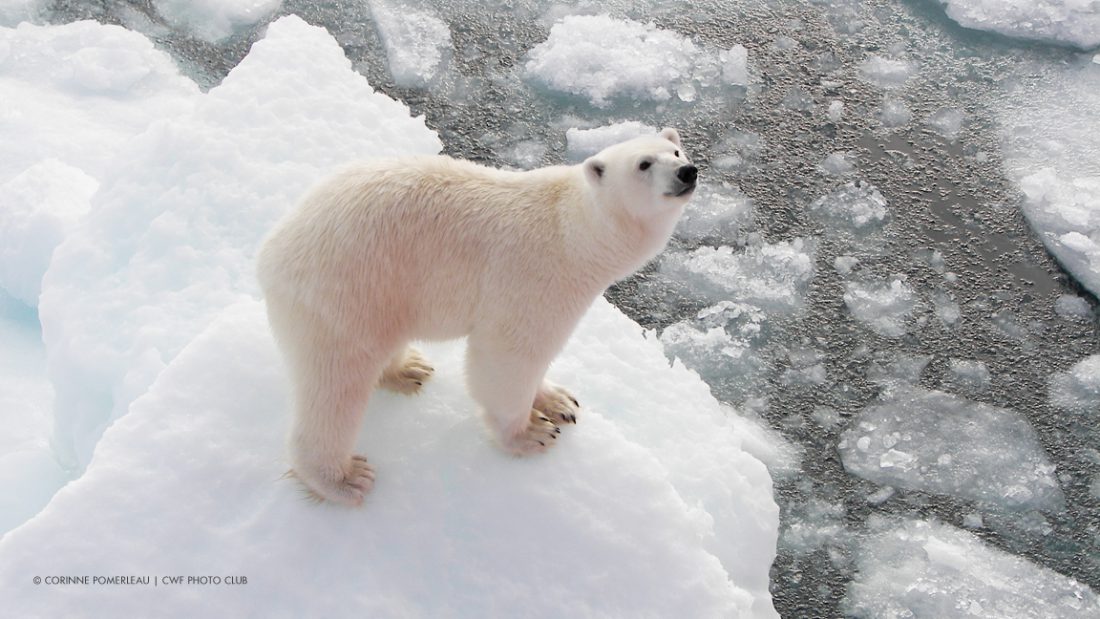
On Thin Ice
Polar Bears prefer to live in areas near sea ice to catch their favourite prey, ringed seals. Because of this, some subpopulations face long-term threats due to climate change. As the water gets warmer each year, the ice shrinks, making it difficult for Polar Bears to hunt enough seals to survive.
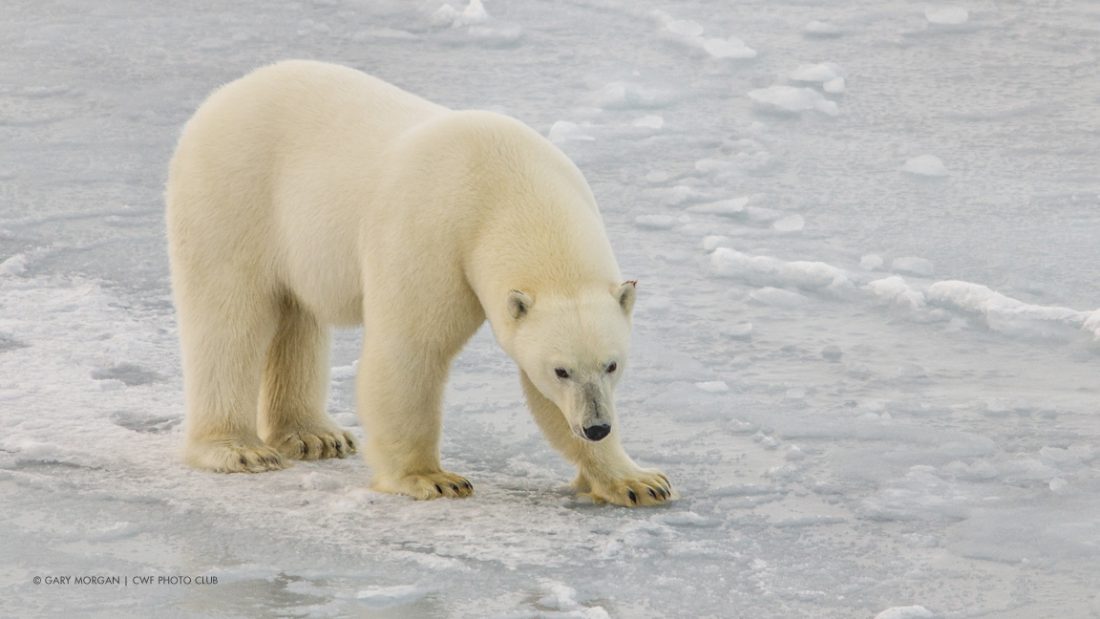
The summer seasons are getting longer as Arctic temperatures rise, forcing the Polar Bear to fast for longer periods of time. The longer summer seasons also leave less time for the Polar Bears to store fat and prepare for the fast they must endure.
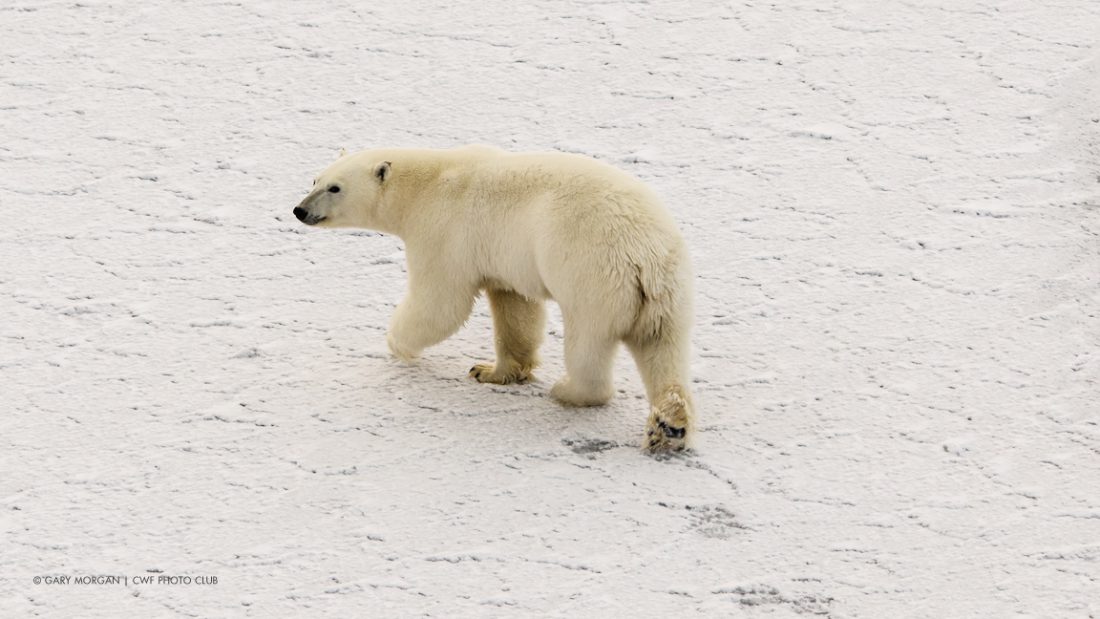
The early break up of sea ice means that Polar Bears have less time to hunt seals and build up their fat stores, causing bears to come ashore in poorer condition. Instead, they move inland where they remain less active, living off the fat they’ve stored.
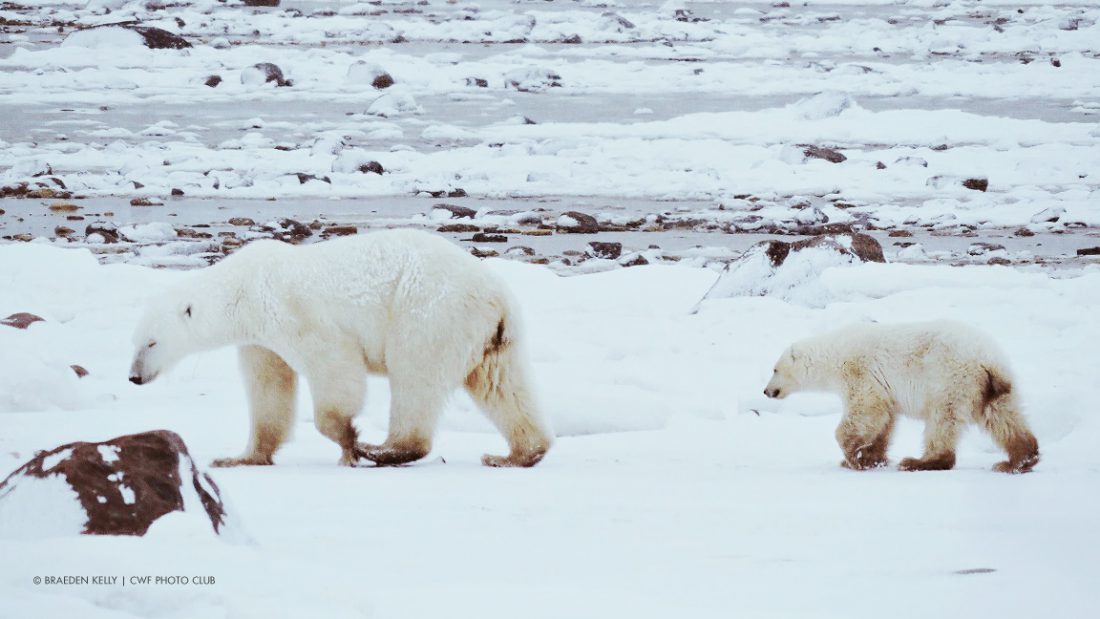
When the bears do search for food, most try to snatch carcasses, but females with cubs might snack on grasses and berries to get by. However, the more Polar Bears move inland, the more these great white bears increase their chances of becoming problematic for humans.
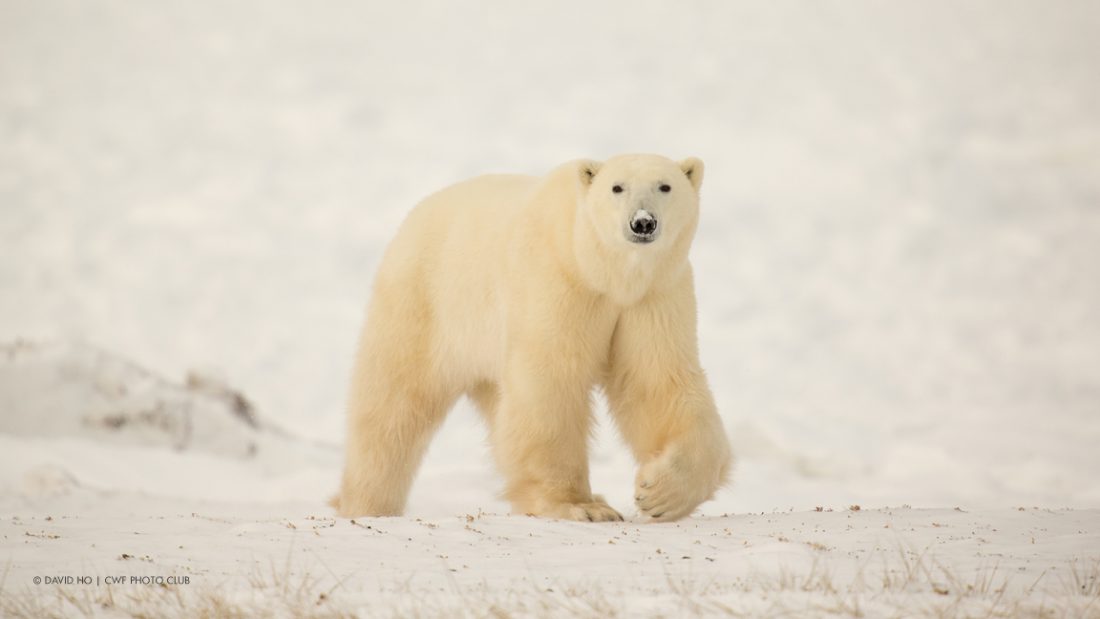
Surviving the Arctic
Polar Bears are wonderfully adapted to their Arctic surroundings. Their thick winter coats, with glossy guard hairs and dense underfur, and the thick layer of fat beneath their skin protect them against the cold. Probably the most significant adaptation of polar bears to the uncertainties of food availability in the Arctic is their ability to slow down their metabolism to conserve energy at any time of year.
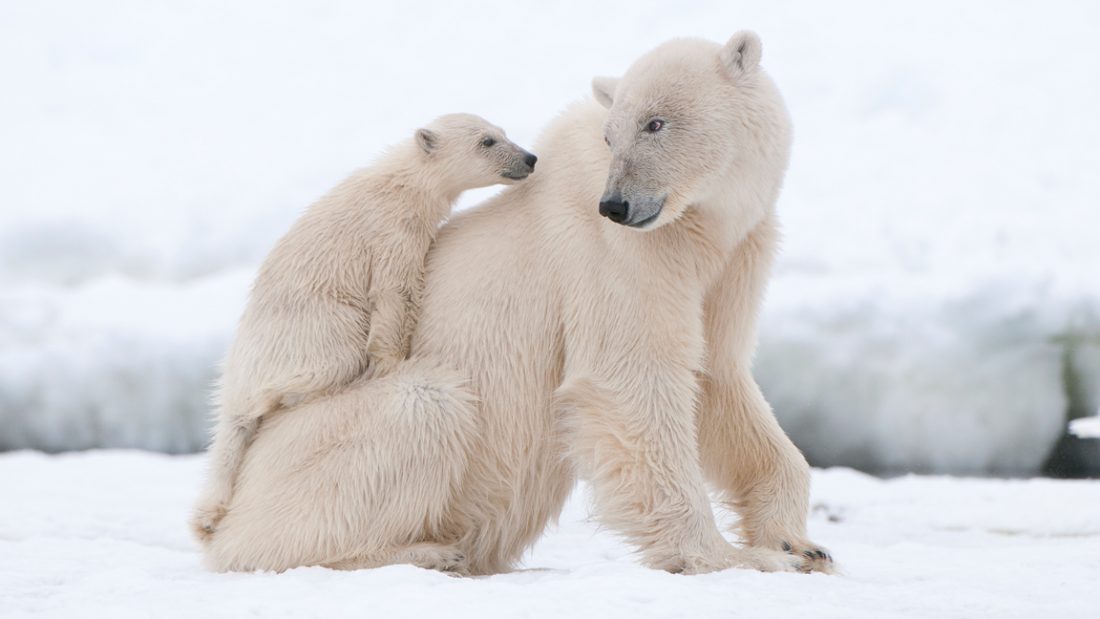
Did you know that cubs stick close to their mothers for two and a half years? As a result, female Polar Bears only have new litters every three years. Since Polar Bears breed at a slow rate, it’s crucial that the cubs survive.
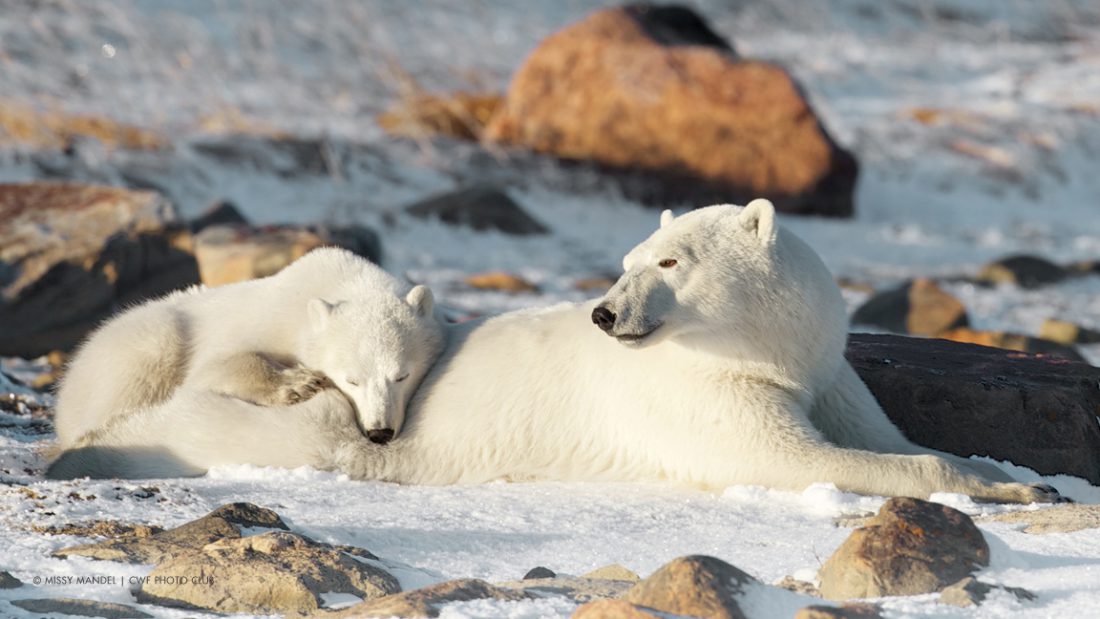
Supporting the Polar Bear
CWF is working towards the long-term survival of Polar Bears by monitoring behaviour shifts in response to changes in their habitat, advocating for polar bear-friendly legislative protection, and by engaging the public on climate change.
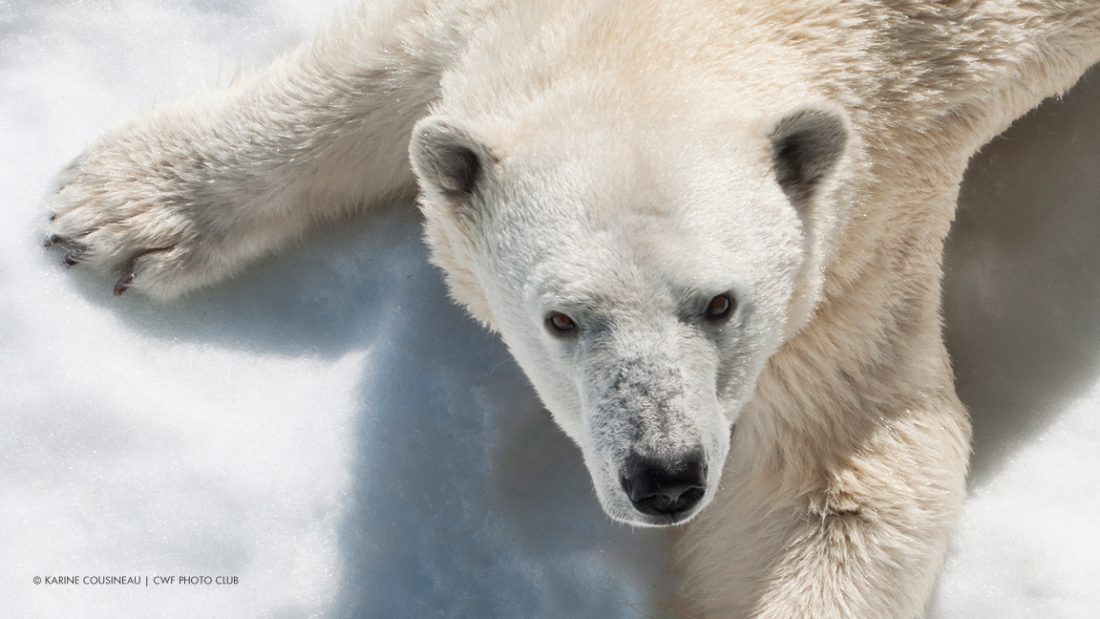
As individuals, we can help Polar Bears by reducing our consumption of greenhouse-emitting gases and household pollution. Each time we use energy, small amounts of carbon are emitted, either by our furnaces or through power plants. Reducing energy usage in the home, and cutting back on the amount we drive, can help reduce pollution.
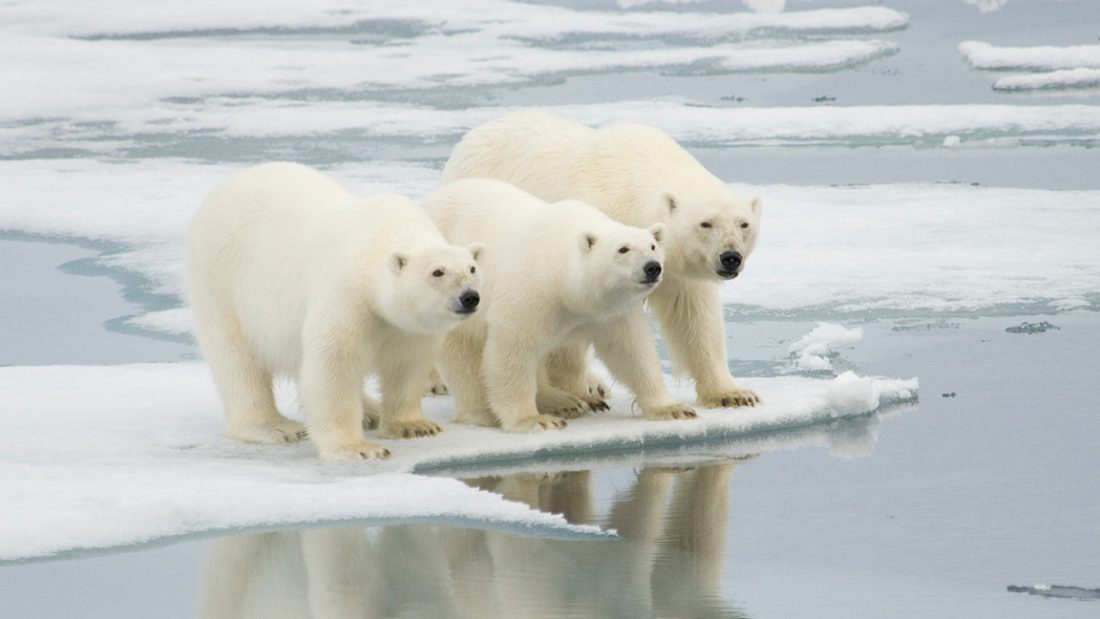
What can you do to help the Polar Bears?
- Adopt a Polar Bear and help fund climate change education in Canada
- Make a Symbolic Gift in support of wildlife research. Your donation can go towards an important project, such as aerial surveillance of Polar Bear populations in the Hudson Bay area.

